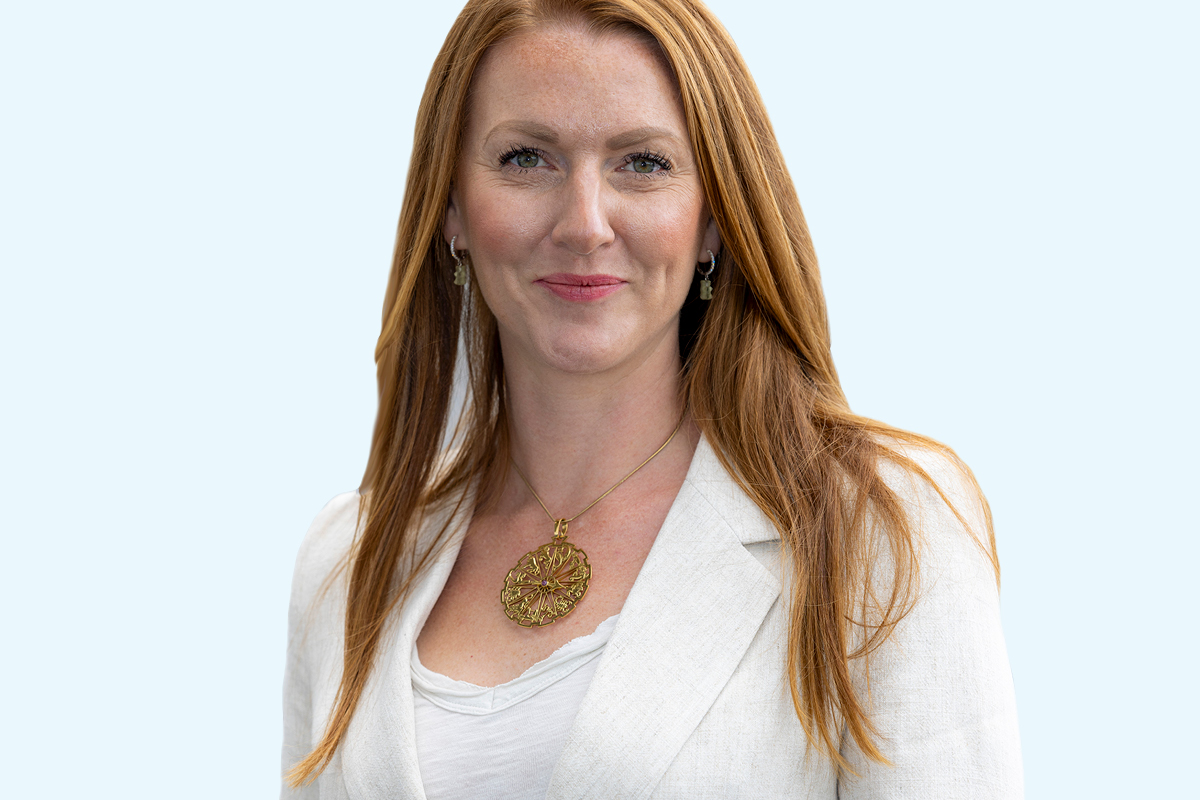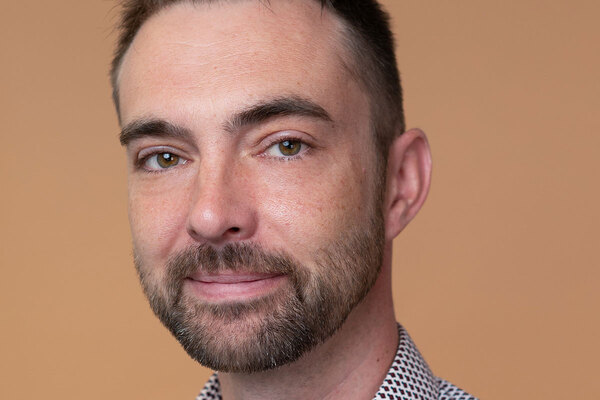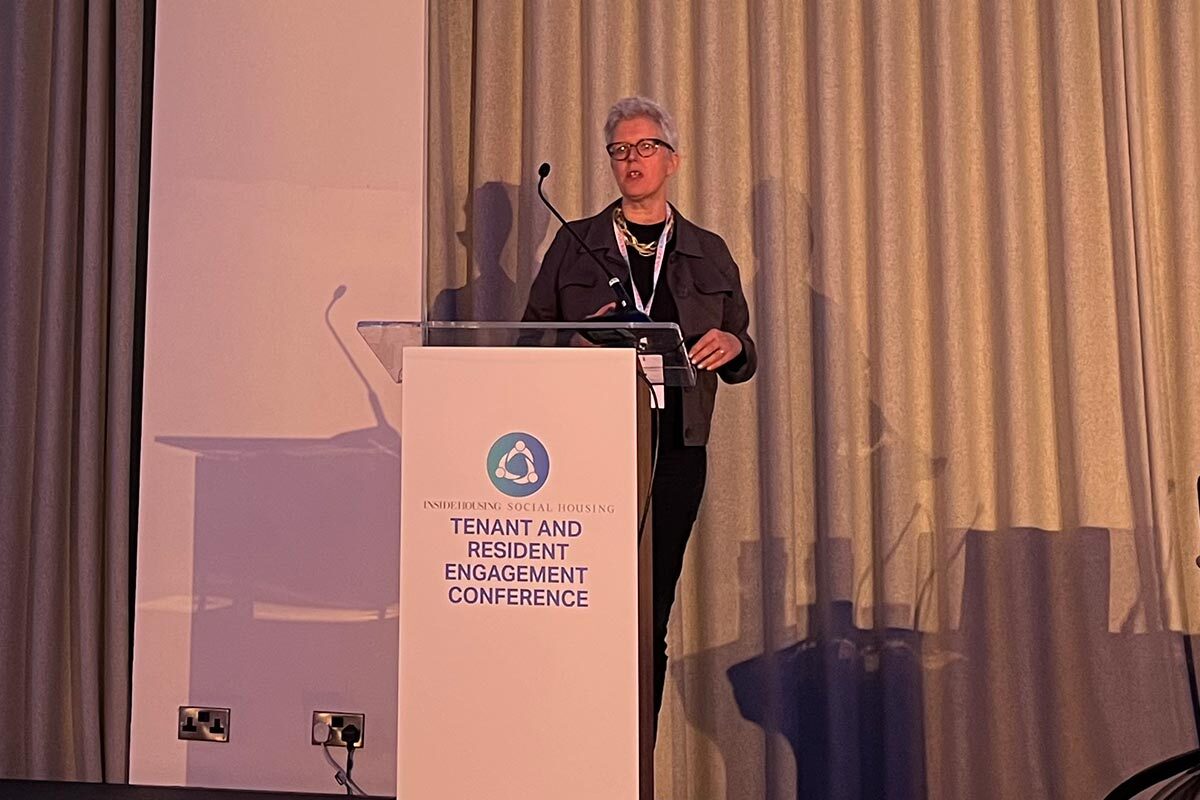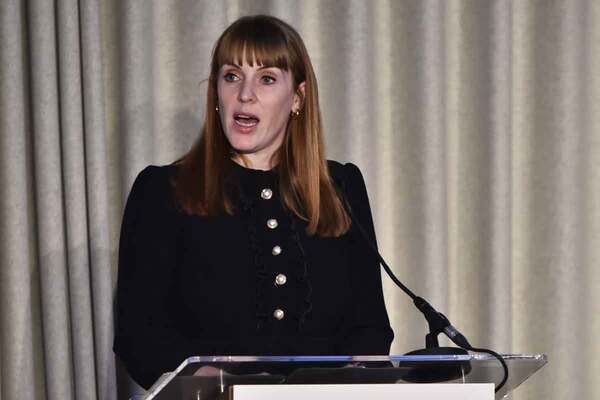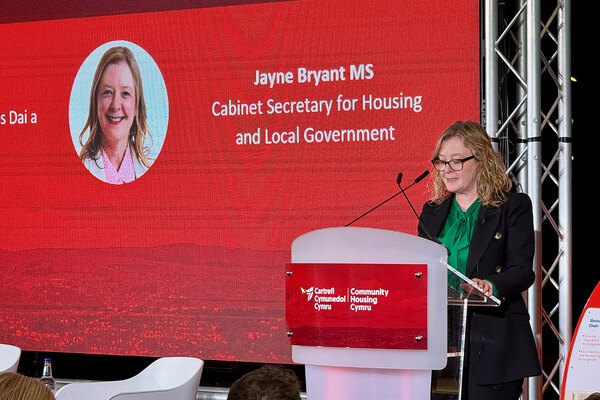You are viewing 1 of your 1 free articles
How can a huge housing association stay community-based?
Rachel Crownshaw explains how Places for People is reacting and responding to the findings from the tenant satisfaction measures survey
Our history tells us a lot. As Father Basil Jellicoe – co-founder of St Pancras Housing Association (now Origin), with whom Places for People (PfP) has just merged – said, “housing is not enough”.
That’s why at PfP, we believe in creating and supporting thriving communities, using the capacity and resource of our 20-company-strong enterprise to manage, develop and help the communities we serve.
It all starts with the home, though. After years of underinvestment in the stock in our sector – our customers’ homes – repairs, maintenance, and planned investment should be an absolute priority for everyone in the sector; it is for us.
We own or manage more than 245,000 homes across all tenures, including 73,000 social homes, making us one of the largest providers in the UK. Our size and access to resources mean we’re better placed than most to make the long-term investments our social homes desperately need.
We know this critical investment isn’t possible for many smaller organisations in our sector. And to this point, we announced two mergers this year, with the aforementioned Origin Housing and with South Devon Rural Housing. Both have now joined PfP, adding 8,000 homes collectively. Both will benefit from the resources of our wider group and we will undertake the investment that will ensure these homes are fit for now and in the future.
Here’s the challenge – and opportunity – for us at PfP. Following the COVID-19 pandemic, customers have overwhelmingly said they value local and human connections and how important that is to where they live. Indeed, the local community and how people came together showed the best of us all during this difficult period, and this is something that customers continue to value.
Smaller community-based housing associations achieve this really well, and we must learn from them. And it’s why they often report higher customer satisfaction, because they are more connected to the communities they serve. Our goal is to achieve this at scale by combining the resources of a larger organisation with the community focus of a smaller, local housing association.
And as part of this evolution, engaging our customers and asking for their feedback is critical.
That’s why the first year of tenant satisfaction measures was so important to us, and why in undertaking our own survey, we left no stone unturned to get to the answers and detail we needed. We adopted a census approach of speaking to as many customers as possible. We surveyed 10,676 customers in total. We weren’t required to speak to so many, but we’re driven by making life better for every customer, so every voice matters.
“Frankly, we’re not where we need to be, but that didn’t come as a shock. We know our areas for improvement, and we’re already well on our way to put things right”
Our overall satisfaction score was 57%. Handling of complaints was a particular concern for customers, with a satisfaction of 22%, but I’m pleased to say we’ve already begun addressing this. We have introduced a new process, with all complaints now handled centrally by a new dedicated team so we have greater oversight and consistency and we have eased pressure on our frontline colleagues. All of this will result in more effective processes and better customer outcomes.
Our other key areas for improvement were repairs (64% satisfaction) and our work within communities in handling anti-social behaviour (51%), keeping customers informed (57%) and making a positive impact in areas (54%).
Frankly, we’re not where we need to be, but that didn’t come as a shock. We know our areas for improvement, and we’re already well on our way to put things right. If anything, our customers’ feedback has reinforced the fact that we have the right strategy in place.
In short, we’re getting closer to our communities than ever before. Here’s what we’re doing.
First, what’s right for one community may not be right for another, so we regionalised our community-based teams last year. We now have regional directors who oversee teams dedicated to local areas, working hard to fulfil the unique needs of each community and connect us to them.
A huge part of our local approach is our housing officers (who we call place managers in England) and our service managers (in retirement and supported schemes). They are our ‘anchors’ in the community. They know their patch, and its strengths and challenges, and build relationships with the people who live there – and we’ve reduced the size of their patches so they can spend more time building relationships. And this process starts at the settling-in visit within six weeks of a new customer moving in where we seek to understand more about any support needed and set the tenancy up for success from the outset.
To help our place managers make a real difference locally, we made a fund of £4m available to them to invest in initiatives, equipment or support to tackle issues such as anti-social behaviour or improve communal facilities.
Our place managers can only be as good as the support they have from the wider PfP team. For example, if they work with a customer who needs a specialist repair and it disappears into the ether of a large organisation, our community approach fails. Our regional directors pull together services from across the organisation every month to collectively review service performance, overcome any obstacles and share updates. This allows us to stay across our shared services so we know they’re delivering everywhere.
“Another vital ingredient is giving customers a voice. Through our recently introduced Customer Promises and Standards, we’re laying out a clear set of guidelines and timescales we pledge to operate to”
Another vital ingredient is giving customers a voice. Through our recently introduced Customer Promises and Standards, we’re laying out a clear set of guidelines and timescales we pledge to operate to and if for whatever reason we don’t meet them, customers can hold us to account through our national and regional customer groups.
Importantly, we are moving from a reactive to a proactive local service. Using data-gathering technology, we can now identify customer needs sooner, intercept issues before they escalate, and even predict them. We’re leveraging technology to enhance the personal service, rather than remove it. For example, if a customer’s payment patterns change we might make a referral to the money advice service, or visit a customer if we haven’t heard from them in a while. The launch of our Homes Plus app in April 2024 takes us further forward by using algorithms in the customer’s circumstances and behaviour to focus our time on where it has the most impact.
With the mounting pressures of the cost of living crisis, demand for affordable homes and an ageing population living independently for longer, housing associations are playing a bigger role than ever within communities.
For example, 21,000 of our customers are aged 65 and above, with nearly 17,000 living in a general needs home. Being embedded at a local level is crucial for the welfare of these customers, who often don’t have anyone else to turn to.
So, we empower our workforce to think much bigger than their individual role, and to always think about the customer. It can be as simple as asking how someone is doing or noticing they haven’t got their heating on. Our staff ethos is to do the right thing, always.
The proportion of our UK customers struggling financially has risen from 16% in 2021 to 36% now. To plug the gap left by the state, we use our resources to make a real and lasting difference through schemes that offer support with energy bills, food, employment, finances, homelessness prevention and more. Our social impact work delivers £300m in well-being value to communities per year.
In these challenging times, we must step up as a sector because people have never needed us more. It’s said that ‘home is where the heart is’, which is why we are bringing our services, support and people closer to our customers than ever before to help our communities thrive.
Rachel Crownshaw, group managing director for communities, Places for People
Sign up for our daily newsletter
Already have an account? Click here to manage your newsletters
